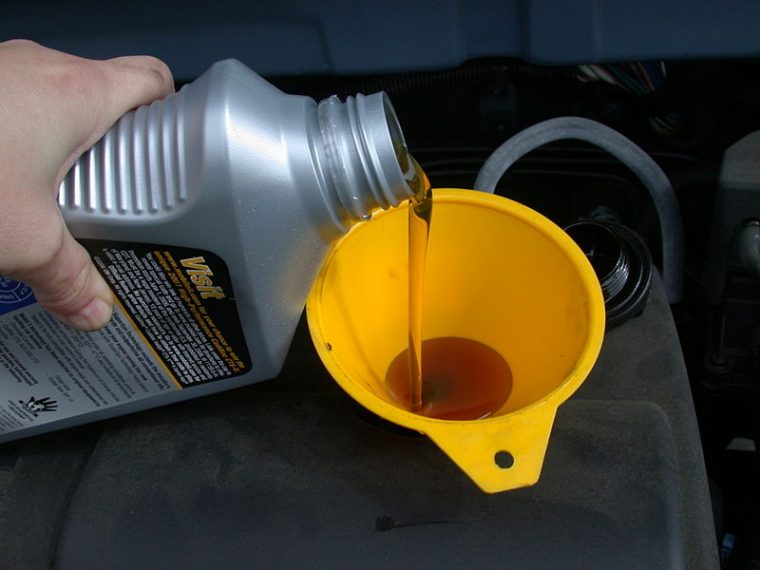Motor Oil 101: What Do the Numbers Mean?

Photo: Dvortygirl
I fancy myself to be mildly handy around a car—I know when and how to change my brake pads, I know when it is time for new tires, and I can even change my own oil without destroying the engine. However, there is one thing that I never really truly understood, other than that they are very important: the numbers on the oil bottles.
So, let’s fix that.
For the Fixer: Check out the full-size pickup truck, the 2018 Chevrolet Silverado 1500
Starting very generally, the number designation on motor oil describes the oil’s viscosity, or how well it flows. For a better example, stuff like molasses or corn syrup has a high viscosity, so pours really slowly, while water has a really low viscosity and pours very quickly. Since motor oil is lubricating the car engine, the oil can’t be too runny (low viscosity) or it won’t let the engine parts slide past each other as easily and the engine parts will wear out faster. On the other hand, if it’s too thick (high viscosity), it won’t be able to flow around the engine to where it’s needed and might even inhibit movement.
Now, for more specifics. Consider, for example, a bottle of oil labeled “10W-40.” This might also be written as SAE 10W-40, because this code system was created by the Society of Automotive Engineers, or SAE. In this system, lower numbers mean thinner oil, which performs better in the cold due to its ability to flow.
High Performer: The 2018 Chevrolet Corvette Stingray is a modern legend
The first number, 10W, describes the viscosity of the oil at low temperatures. This is a pretty good rating for most people’s use, although in places that have very low temperatures (Rymax Lubricants uses Finland for an example), drivers may wish to go for oil where the first number is 5W or even 0W. In very hot areas (here Rymax uses Nigeria as an example), the driver could likely get oil where the low-temperature designation is as high as 20W.
The second number, 40, is the oil’s viscosity at an engine’s normal operating temperature, and is also pretty good for general use. This number doesn’t tend to change too much due to climate, as engine operating temperature is higher than the air temperature in just about all environments.
News Sources: Rymax Lubricants, Valvoline

The News Wheel is a digital auto magazine providing readers with a fresh perspective on the latest car news. We’re located in the heart of America (Dayton, Ohio) and our goal is to deliver an entertaining and informative perspective on what’s trending in the automotive world. See more articles from The News Wheel.

